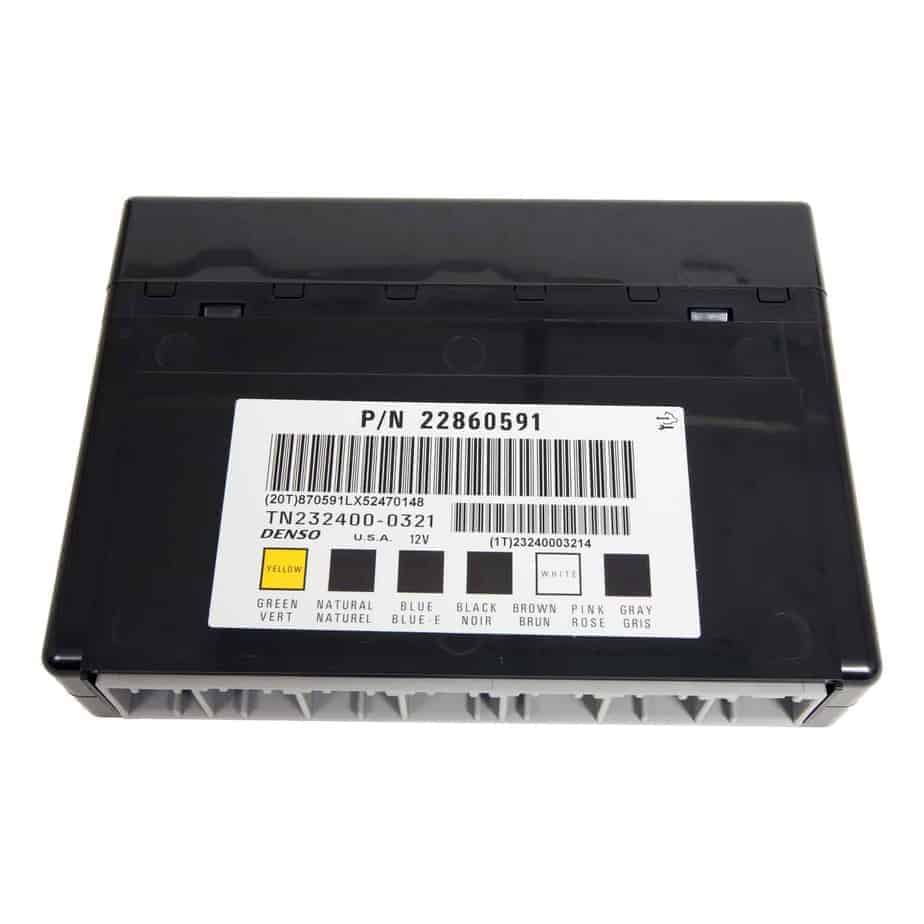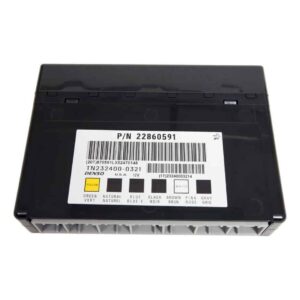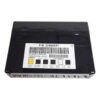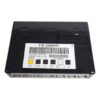Restore Full Functionality to Your GM Vehicle
Are you dealing with a cascade of bizarre electrical issues in your 2010 GMC Yukon XL 1500? Flickering lights, malfunctioning power windows, a security system that acts up, or warning lights that won’t go away are classic signs of a failing Body Control Module (BCM). As the central command center for your vehicle’s body electronics, a faulty BCM can turn your reliable SUV into a source of daily frustration. I’ve seen it hundreds of times in my shop: a vehicle comes in with a list of seemingly unrelated problems, and the root cause is a single failing module.
This isn’t just an inconvenience; it can affect vehicle safety and security. The BCM manages everything from your interior lighting and door locks to communicating with the airbag and anti-lock brake systems. Don’t let a failing BCM compromise your vehicle’s integrity. Our replacement 2010 Yukon XL 1500 BCM is the definitive, hassle-free solution. We take the guesswork and high dealership costs out of the equation by programming the module specifically to your vehicle’s VIN *before* it ships. This means it arrives ready for installation, loaded with the latest GM software updates to ensure peak performance and reliability.
A Technician’s Notebook: The Case of the Haunted Yukon
A customer brought in their 2010 Yukon XL, convinced it was possessed. The radio would change stations on its own, the dome lights would flicker while driving, and occasionally, it wouldn’t start, displaying a ‘Service Theft Deterrent System’ message. They had already replaced the battery and checked the alternator. After hooking up my pro-level scanner, I saw multiple communication loss codes (U-codes) pointing to the BCM. The internal logic of the module was failing, sending erratic signals across the vehicle’s network. We installed a VIN-programmed BCM, and instantly, every single ghost in the machine vanished. It’s a perfect example of how one component can create widespread, confusing symptoms.
Common Signs of a Failing BCM
- ✔ Intermittent or non-functional power windows, door locks, or mirrors.
- ✔ Erratic behavior from interior or exterior lights (flickering, staying on, or not working at all).
- ✔ The security light is on, or the engine won’t crank, often with a ‘Service Theft Deterrent System’ message.
- ✔ Warning lights for the ABS, Airbag (SRS), or StabiliTrak systems appear on the dash.
- ✔ Diagnostic Trouble Codes (DTCs) related to network communication, such as U0100, U0140, or other U-series codes.
- ✔ A battery that drains overnight with no obvious cause.
A Straightforward Guide to Your BCM Installation
- ✔ Safety First: Always disconnect the negative terminal from your vehicle’s battery before starting any electrical work.
- ✔ Locate the BCM: On the 2010 Yukon XL, the BCM is typically located under the steering column, mounted to the left of the brake pedal assembly. You may need to remove a lower dash panel for access.
- ✔ Disconnect and Remove: Carefully unplug the electrical connectors. Most have a locking tab that needs to be depressed or lifted. Once disconnected, unbolt the module from its mounting bracket.
- ✔ Install the New Module: Seat the new, pre-programmed BCM into the mounting bracket and secure it. Reconnect all electrical connectors, ensuring they click firmly into place.
- ✔ Final Steps: Re-install any trim panels you removed and reconnect the negative battery terminal. Start the vehicle to confirm functionality.
Post-Installation Note: In some cases, additional steps may be needed. If your airbag light is on, a professional scan tool is required to perform the ‘Setup SDM Primary Key in BCM’ procedure. Similarly, a ‘Brake Pedal Position Relearn’ may be necessary for proper brake light and traction control operation. These requirements vary by specific vehicle configuration. And the best part? There’s no core charge. You can keep your old part without any extra fees.
Verified Compatibility for Your GM Vehicle
This BCM is a direct replacement for a wide array of General Motors vehicles. Please verify your original part number is on this list or that your vehicle is listed below. Part numbers this module replaces include: 10382479, 15093910, 15276271, 15299986, 15819552, 15828601, 15837419, 15872388, 15872421, 15880684, 15921352, 15921353, 15948438, 15948439, 20815898, 20839063, 20864767, 20864768, 20921435, 20921436, 20935349, 22860591, 25826124, 25826125, 25847588, 25847589, 25892622, 25910474, 25934762, 25934763, 95151084.
It is compatible with models such as the Acadia (07-12), Avalanche 1500 (10), Caprice (11-13), Captiva Sport (12), CTS (08-13), DTS (06-11), Enclave (08-12), Equinox (07-09), Escalade/ESV/EXT (10), Express/Savana Vans (08-12), G8 (08-09), Hummer H2 (08-09), Impala (06-13), Lucerne (06-11), Monte Carlo (06-07), Outlook (07-10), SRX (07-09), STS (10), Suburban 1500 (10), Tahoe (10), Torrent (07-09), Traverse (09-12), Vue (08-10), Yukon & Yukon XL 1500 (10). Always match your part number or vehicle options for guaranteed fitment.
Frequently Asked Questions
Do I need to do any programming myself?
No. We handle all the programming for you. Simply provide your vehicle’s 17-digit VIN during or after checkout, and we will flash the module with the latest GM software specific to your vehicle before shipping it.
Is this a simple plug-and-play installation?
For most functions, yes. Because it arrives pre-programmed, it will restore control over the primary body functions upon installation. However, as noted, some vehicles may require an additional relearn procedure for the airbag or brake pedal position sensor, which requires a professional scan tool.
What is a core charge?
A core charge is a deposit that is refunded when you return your old part. We do not have a core charge on this BCM, which saves you the time, cost, and hassle of shipping your old module back.
How do I find my original BCM part number?
The part number is printed on a sticker directly on your original Body Control Module. You will need to access the module in your vehicle to read it.
Will this fix my ‘Service StabiliTrak’ message?
A faulty BCM can be one of the causes for this message, as it communicates with the traction control system. While this module can resolve the issue if the BCM is the source of the fault, other components like wheel speed sensors could also be the cause. A proper diagnosis is always recommended.



